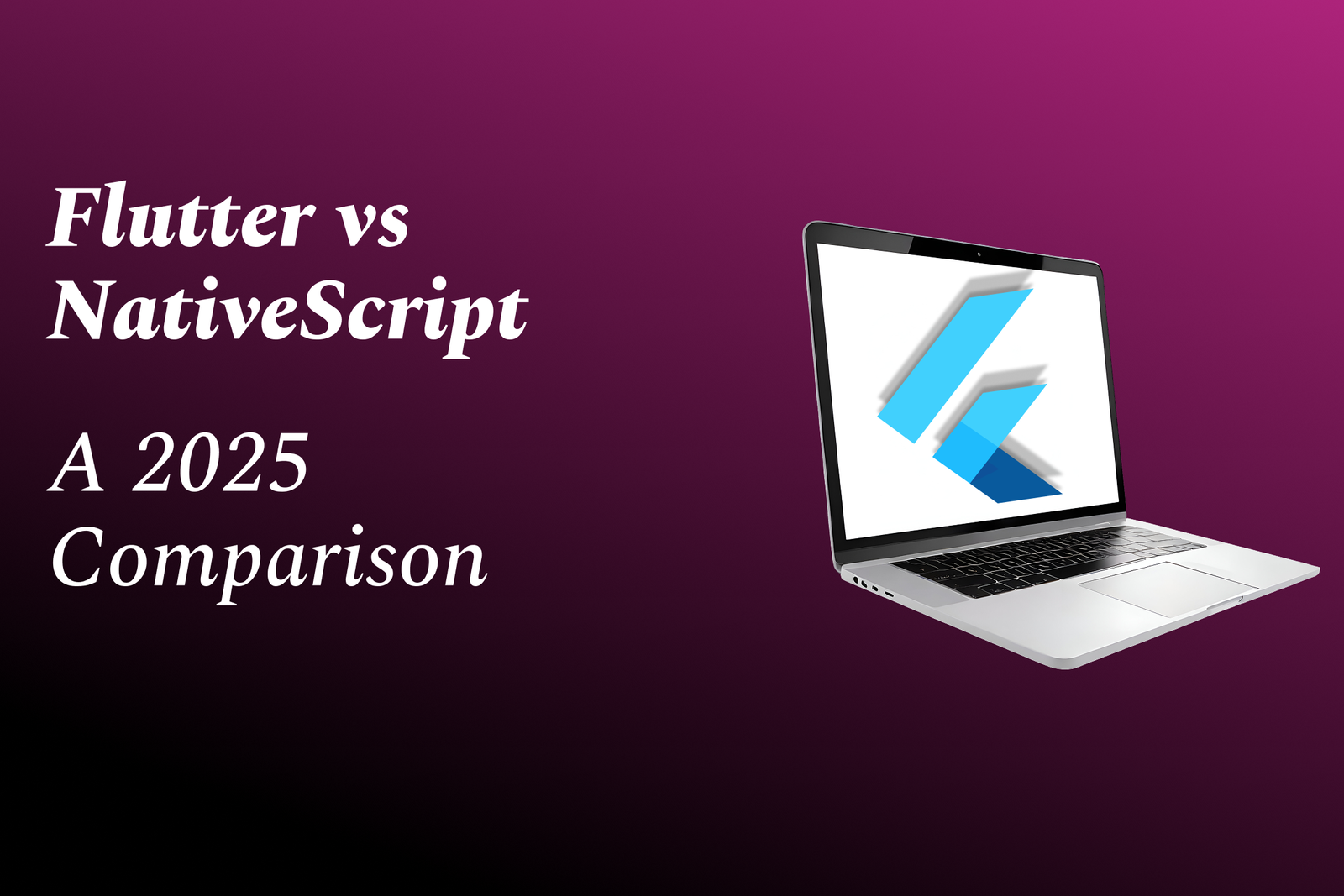Custom Annotations
Personalized Labels
Custom Annotations
Custom annotations are user-defined metadata in programming languages that allow developers to add specific information or behavior to classes, methods, or fields. They enable the implementation of features such as configuration settings, validation rules, or runtime processing instructions by associating custom behavior with code elements. In languages like Java, custom annotations can be created by defining an interface with the `@interface` keyword, allowing developers to specify attributes and retention policies. Once defined, these annotations can be processed at runtime or compile time using reflection or annotation processing tools, facilitating frameworks and libraries to interpret and utilize the additional information seamlessly. Custom annotations provide a powerful mechanism for enhancing code readability and maintainability while promoting the separation of concerns in software design.
To Download Our Brochure: https://www.justacademy.co/download-brochure-for-free
Message us for more information: +91 9987184296
1 - Definition: Custom annotations are user defined metadata that provide additional information about the code within programming languages like Java. They enable developers to create meaningful markers for classes, methods, and variables.
2) Purpose: The main purpose of custom annotations is to add information for the compiler or runtime tools. This information can control the behavior of the code or provide metadata for processing by various frameworks.
3) Creation: To create a custom annotation, you define an interface with the `@interface` keyword. This interface can include various elements such as methods that define its attributes.
4) Retention Policy: Annotations can have different retention policies: `SOURCE`, `CLASS`, or `RUNTIME`. The retention policy specifies how long the annotation should be retained (e.g., only in source code, compiled class files, or at runtime).
5) Usage: Custom annotations can be applied to classes, methods, fields, or parameters. This flexibility allows developers to annotate various components of their application.
6) Element Values: Annotations can have defined elements (like methods) which can take default values. These parameters are specified when the annotation is applied, allowing for dynamic functionality based on value.
7) Processing Annotations: Custom annotations can be processed at runtime using reflection, enabling dynamic behavior based on annotations at runtime. This is particularly useful in frameworks like Spring and Hibernate.
8) Framework Integration: Many popular frameworks utilize custom annotations to simplify configuration and enhance functionality. This reduces boilerplate code and promotes cleaner, more modular design.
9) Code Readability: Using custom annotations can improve code readability and maintainability by providing contextual information directly in the code, making it easier for developers to understand the intent.
10) Validation: Custom annotations can be used for validation purposes. For example, you can create annotations to specify validation rules for fields in an object which can be checked at runtime.
11) Aspect Oriented Programming (AOP): In AOP, custom annotations can be used to define cross cutting concerns like logging and transactions, allowing the separation of these concerns from the core business logic.
12) Documentation: Custom annotations can serve as documentation for the code. When others view the code, they can quickly grasp the purpose or requirements of certain classes or methods through the annotations present.
13) Limitations: While powerful, custom annotations can add complexity and may introduce performance overhead if misused. They should be used judiciously to avoid cluttering the codebase.
14) Examples of Custom Annotations: Common examples of custom annotations include `@Test` in JUnit for defining test methods, `@Entity` in JPA for marking classes as persistent entities, and custom annotations for service layer methods.
15) Tools and Libraries: Students should familiarize themselves with tools and libraries that support custom annotations, such as Lombok for reducing boilerplate code, as well as understanding how their favorite frameworks incorporate annotations.
16) Best Practices: When creating custom annotations, it is best to follow industry best practices such as using clear naming conventions, keeping annotations simple, and ensuring they align with SOLID principles to maintain extensibility and usability.
These points provide a comprehensive overview of Custom Annotations and can serve as a foundation for an educational training program aimed at students, helping them understand both the concepts and practical applications.
Browse our course links : https://www.justacademy.co/all-courses
To Join our FREE DEMO Session: Click Here
Contact Us for more info:
Cheapest online iOS training institute in Kannur
machine learning certification microsoft
JAVA Python Courses NEAR Me
salesforce training
Java For Learning Management Systems











